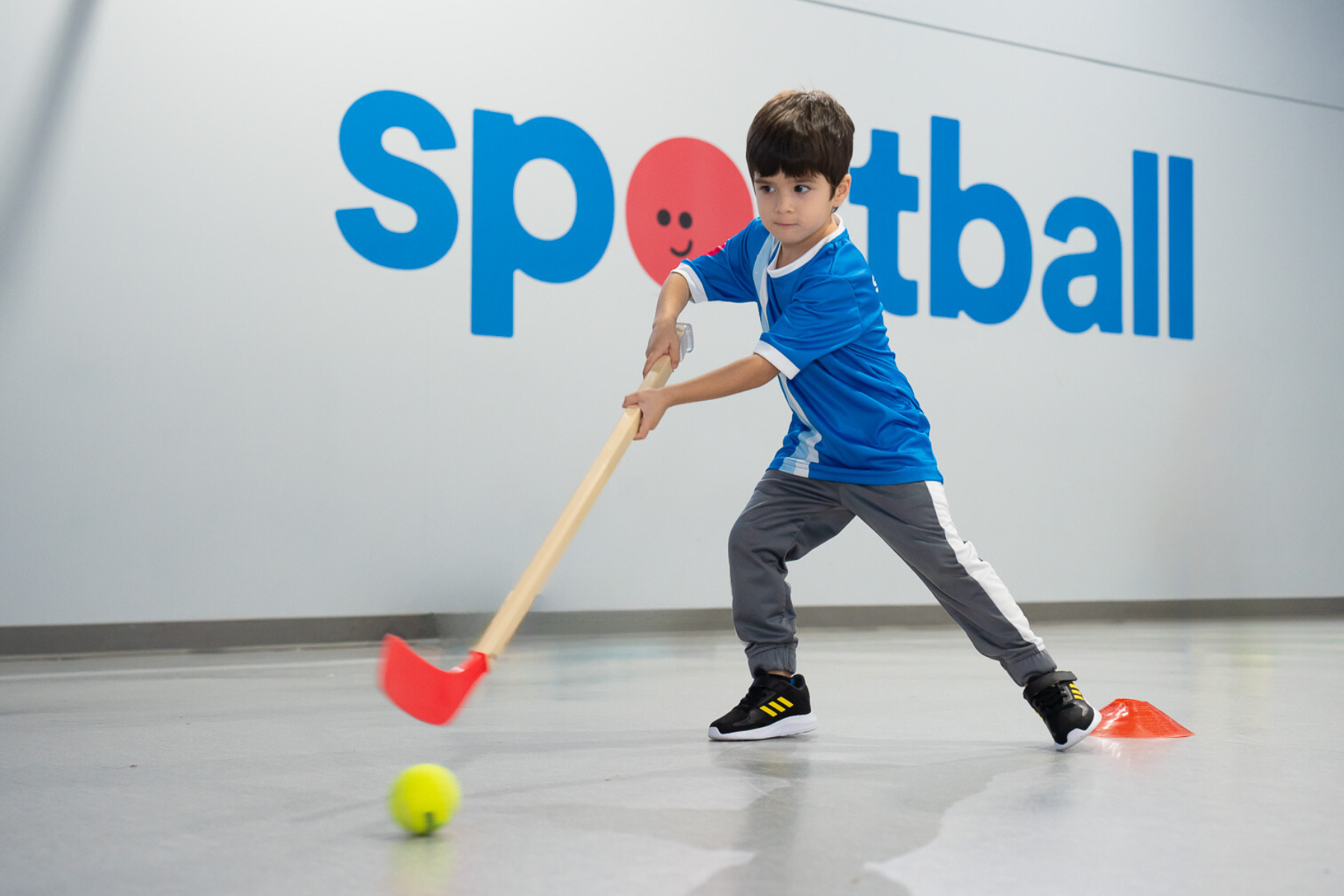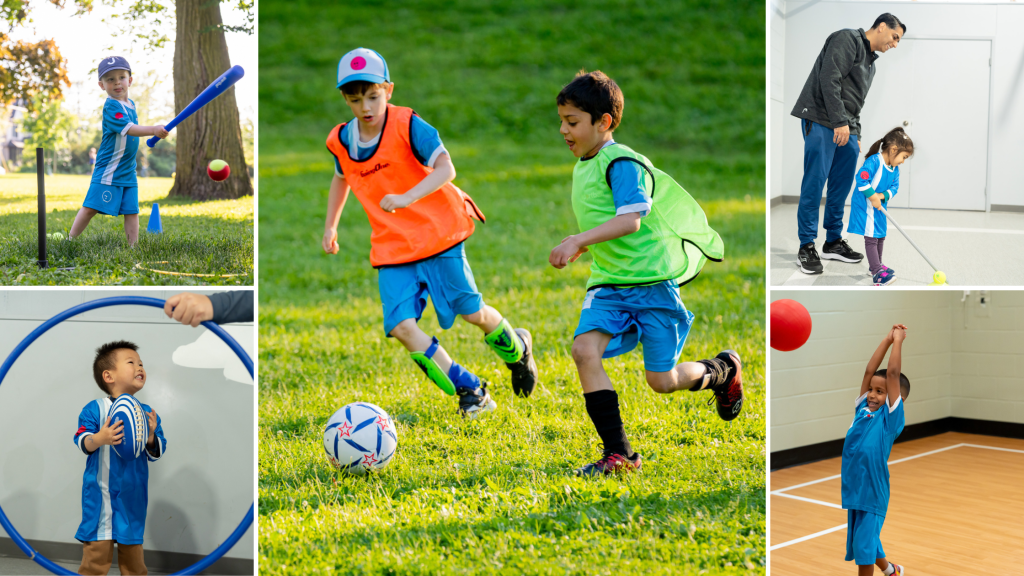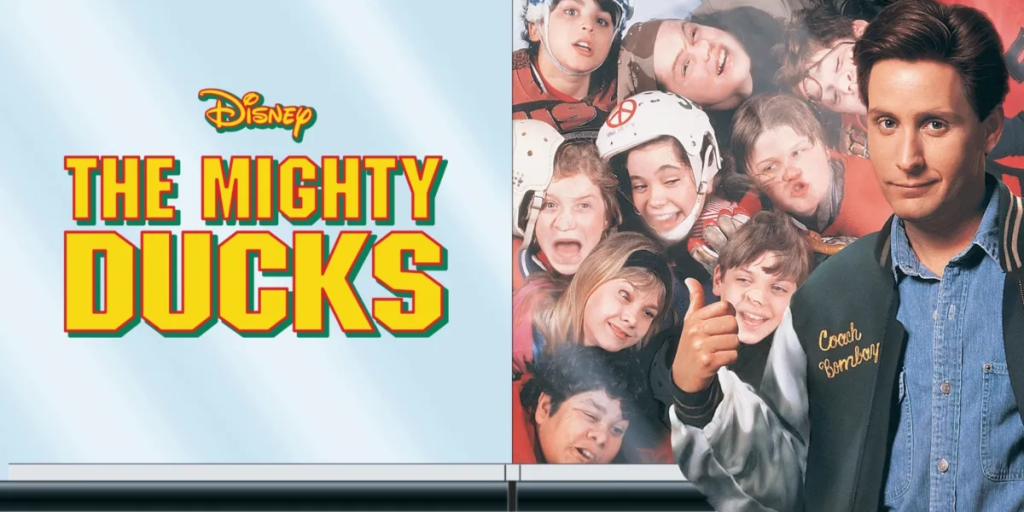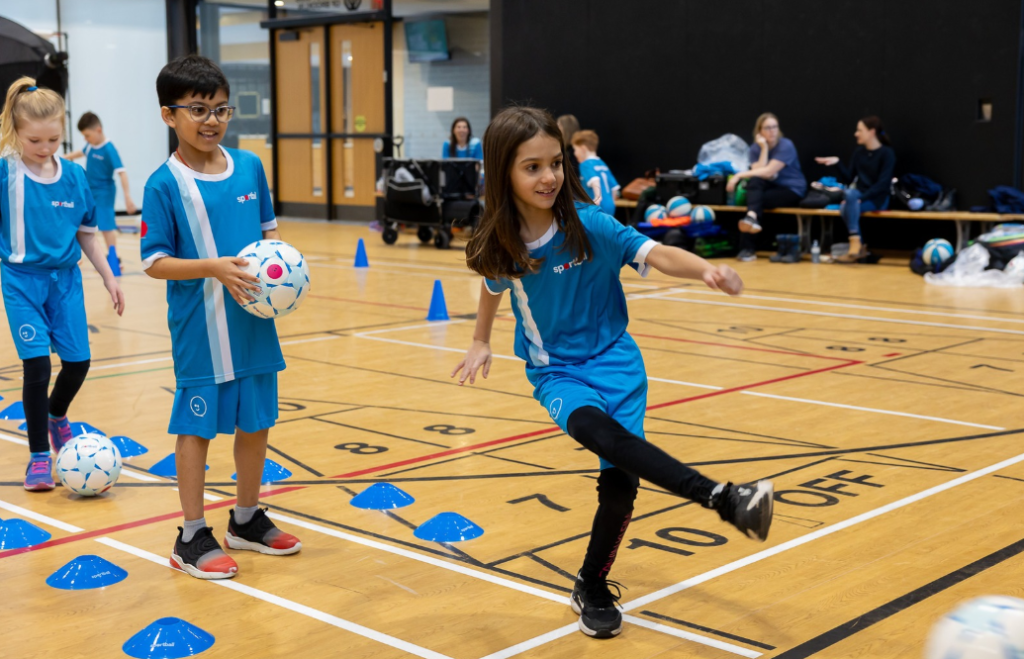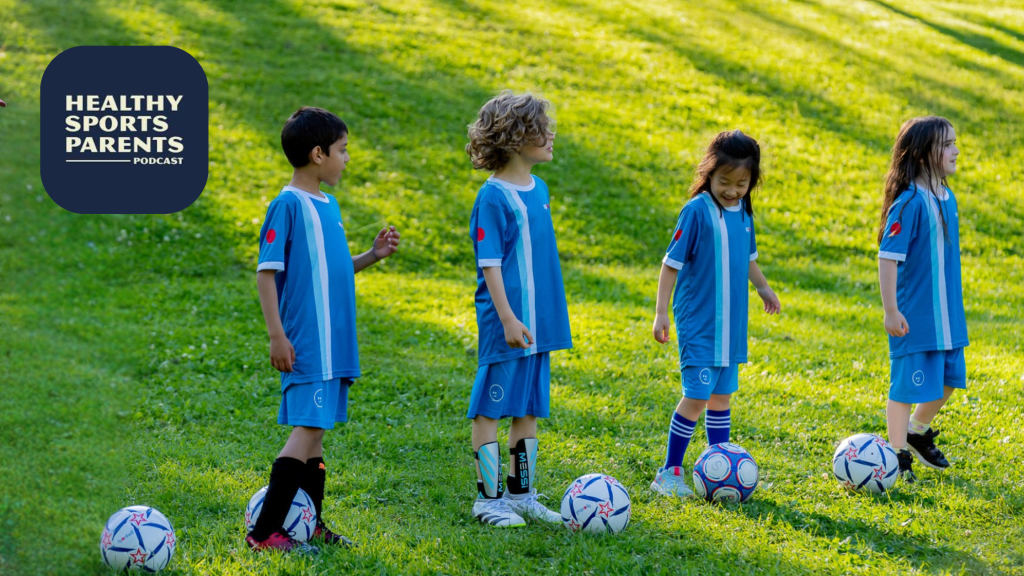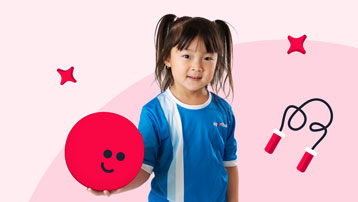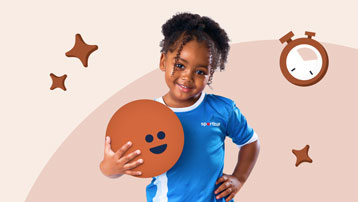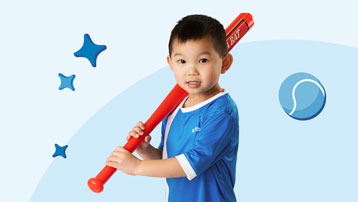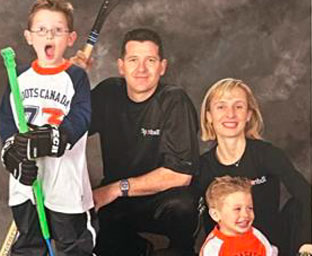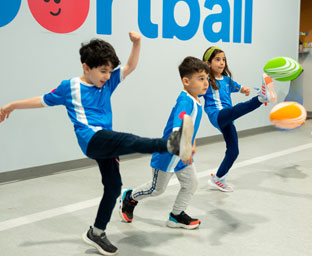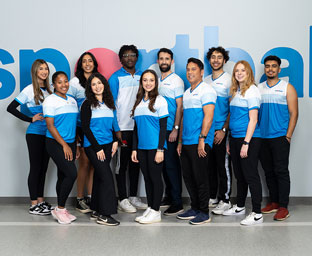Organized sport has long been regarded as a positive past-time for children and youth, contributing to increased confidence and self-esteem, instilling valuable life and social skills, and most importantly – giving them a healthy outlet to be physically active. Over the past two decades, there has been increased societal pressure to utilized organized sport programs at earlier ages, reflected in the most recent Canadian ParticipACTION report card, which stated that 46% of 3- to 4-year-olds participated in organized lessons, league or team sports in the past year! With almost half of Canadian children between 3 and 4 years engaged in some form of organized physical activity, it is worthwhile to consider the wide range of programming available to children during their early years; a sensitive time when exposure to and first impressions of sport may shape a child’s perception, and the likelihood they will continue engaging in sports over their life course. Subsequently, in our fast-paced climate, finding the right program that will complement other areas of your child’s life (e.g., preschool, kindergarten, or arts-based activities), instill a passion for sport, and a life-long appreciation of physical activity is arguably more important than ever. Let’s explore some of your options…
So You’ve Decided to Enroll your Toddler or Preschooler…
When making the decision to enroll a young child in organized sport, parents typically gravitate towards ones that they are knowledgeable of, or that their child has shown a particular interest or aptitude for. But at 2 and 3 years of age – not all children may necessarily know what they like, or express an affinity towards any one sport. This leaves many parents overwhelmed when considering what sport to choose, how early to start, and how often their child should participate. Researchers have coined two common types of sport participation pathways as one’s which involve pursuing many sports at the same time (‘early diversifying’), or one’s which entail singularly focusing on one (‘early specializing’). In recent years, early diversification has grown in popularity, with single-sport specialization linked to a number of negative outcomes for athletes, including burnout or exhaustion from sport, risk of overuse injuries, and reduced enjoyment – the cumulative result of spending extensive time in one sport context from a young age. By contrast, a common assertion by sports researchers across a number of North American institutions is that:
“Youth should be provided opportunities and be encouraged to engage in diverse sports and delay single-sport specialization”2
How Multi-Sport Programs Work…
Subsequently, rather than focusing on one sport from a very young age, Multi-Sport programs are uniquely designed to offer diverse early sport experiences – giving children exposure to a variety of sports over the course of a season, and capturing the interest of children with varied sport interests. At Sportball, for instance, each Multi-sport class focuses on one of eight ball sports, including: Soccer, Baseball, Basketball, Football, Hockey, Volleyball, Golf, or Tennis. In other words, in one session, children are exposed to a different sport, enhancing their sport-specific knowledge, and contributing to their overall physical literacy. If you are not sold yet, this innovative program design also adheres to suggested age and developmental program requirements as laid out in the Long Term Athlete Development Model framework, a policy document designed to foster both elite performance, and life-long physical activity. Accordingly, during the Fundamentals stage of the model,
“The focus is on providing fun, inclusive, Multi-sport, and developmentally appropriate sport and physical activity” – Canadian Sport for Life, 20183
Conclusion…
When making the decision to enroll your toddler or preschooler in organized sport, why not keep your options open? With the arrival of Multi-sport programing, children can gain access and exposure to a number of kids sports, giving them a say in what sport they enjoy most, excel at, or wish to pursue further. Collectively, this may be the best defense against early sport dropout; ensuring children remain in sport and physical activity long enough to reap its’ benefits.
Articles Cited:
1DiFiori, J. P., Güllich, A., Brenner, J. S., Côté, J., Hainline, B., Ryan, E., & Malina, R. M. (2018). The NBA and Youth Basketball: Recommendations for Promoting a Healthy and Positive Experience. Sports Medicine, 2053-2065.
2Canadian Sport for Life (2018). Long-term athlete development 2.1.
